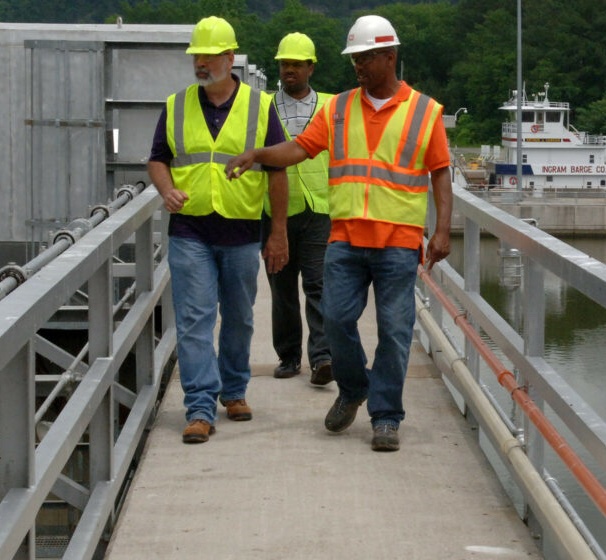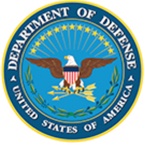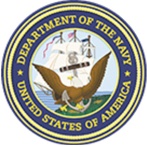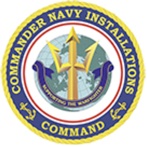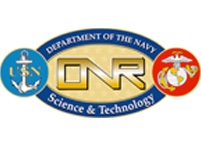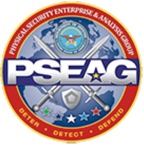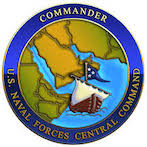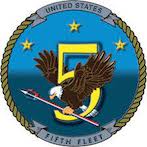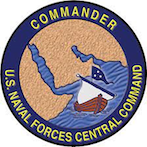What Considerations Does the Navy Make When Protecting Ports?
When protecting ports, the navy takes into account several factors, including:
1. Threat Assessment
Firstly, the navy pays attention to and centrally focuses on conducting a thorough threat assessment. The purpose of the threat assessment is to identify the potential threats to the port, such as terrorist attacks, piracy, or other kinds of hostile actions that may breach security.
2. Geographical Location
Secondly, the navy takes into account the geographic location of the port, including the depth of the water, currents, and tides.
This information is crucial as it is used to determine the best type of barrier that would fit in and is suitable to deploy.
3. Accessibility
This is the third factor that the navy assesses after considering the geography of the port, which involves the accessibility of the port, including the size of the entrance and the presence of any navigational hazards.
This information is used to help in highlighting and selecting the best types of barriers and defenses to deploy.
4. Infrastructure
One of the crucial aspects of installing a defense barrier is the infrastructure assessment. Infrastructure assessment by the navy includes assessing the infrastructure of the port, including the size and layout of the docks and the availability of resources such as fuel and supplies.
This information forms the basis for figuring out the most suitable barrier and factors such as placement of the barrier and security measures such as security personnel. Both factors are essential for safeguarding the port and maintaining stringent security.
5. Available Resources
Evaluating the efficacy and efficiency of the available resources, including manpower, technology, and equipment, is another crucial aspect that can be used to safeguard and shield the port.
Further, it may also involve coordinating with other military branches or local law enforcement agencies.
6. Legal Aspects
Legal aspects form the core factors the navy takes into account, including local laws and regulations, international laws, and agreements with other nations.
7. Cost
Among the several factors, the cost is the factor that the navy will also consider in deploying various types of barriers and defenses as it influences overall deployment. This will work to balance the cost against the level of protection that is needed.
Overall, the navy takes a comprehensive and attention-to-detail approach to protect ports, considering a range of factors to ensure the best possible protection against threats.
Installing the best and most suitable marine defense barrier remains the top priority concern for the navy.
Halo Maritime Defense Systems is a member of the American Society for Testing and Materials and has been exercising for several years for waterside security and marine defense systems with third-party testing. Get in touch with us by visiting the website or contacting us at (603) 259-4400 for more insights about the marine defense system.
